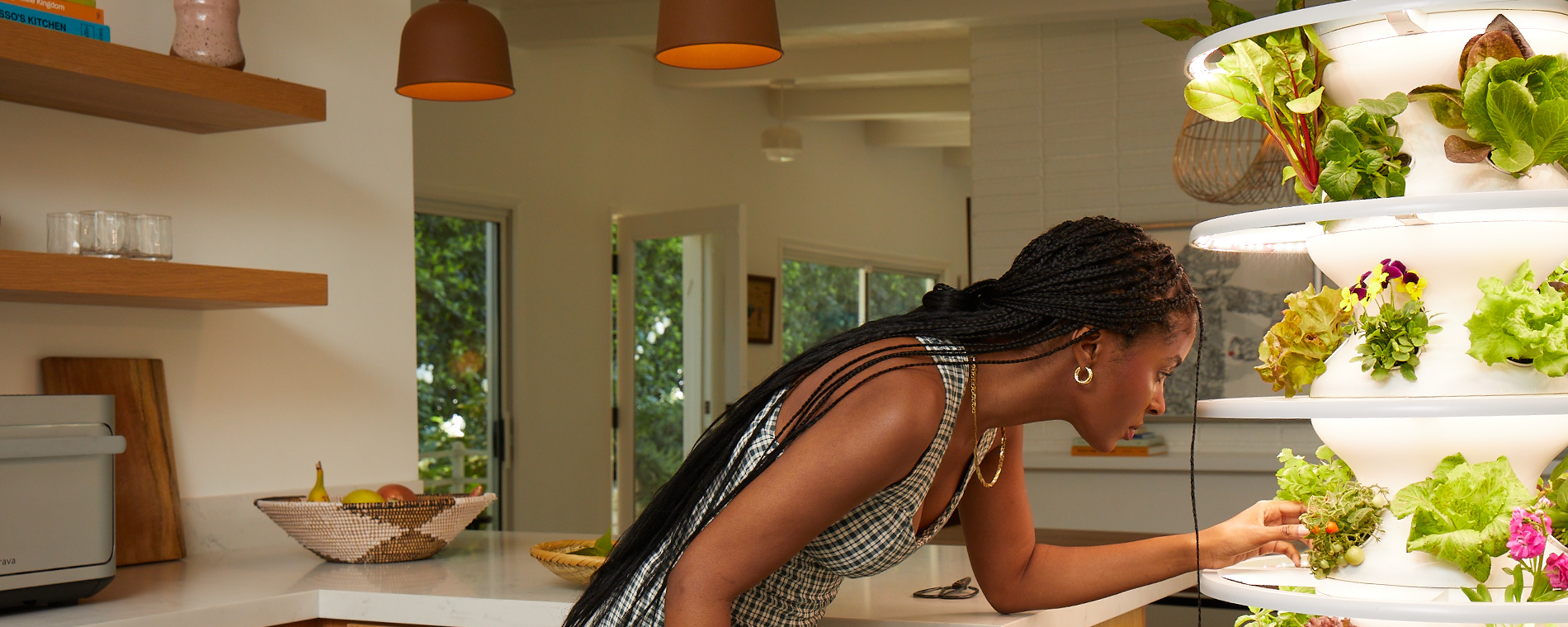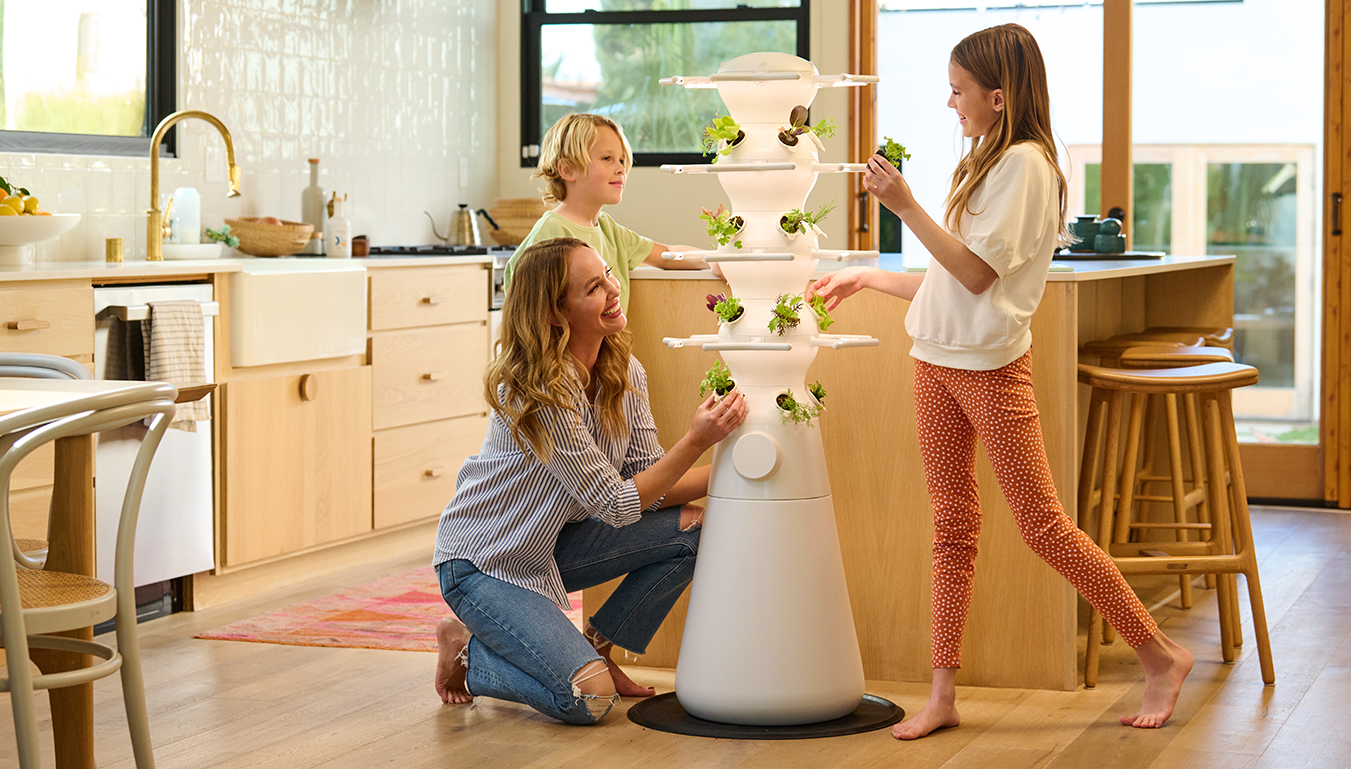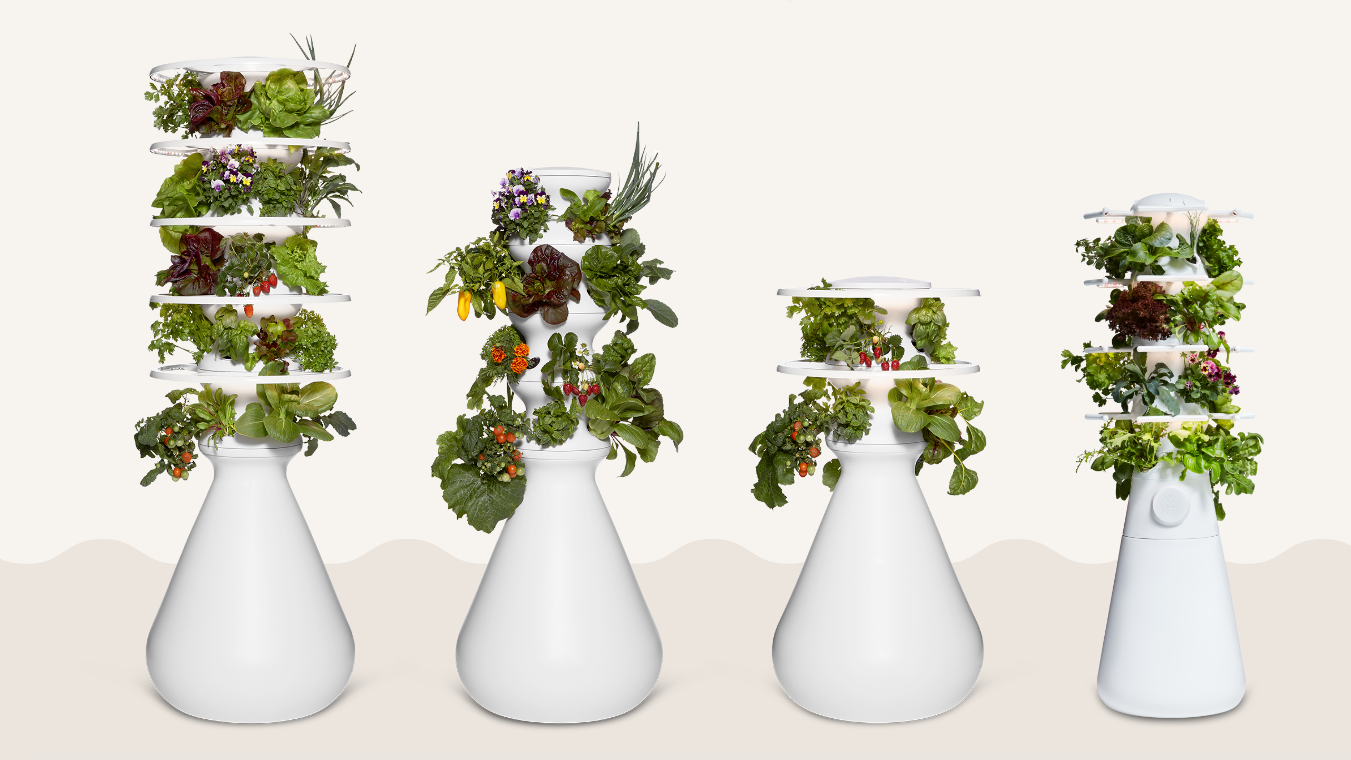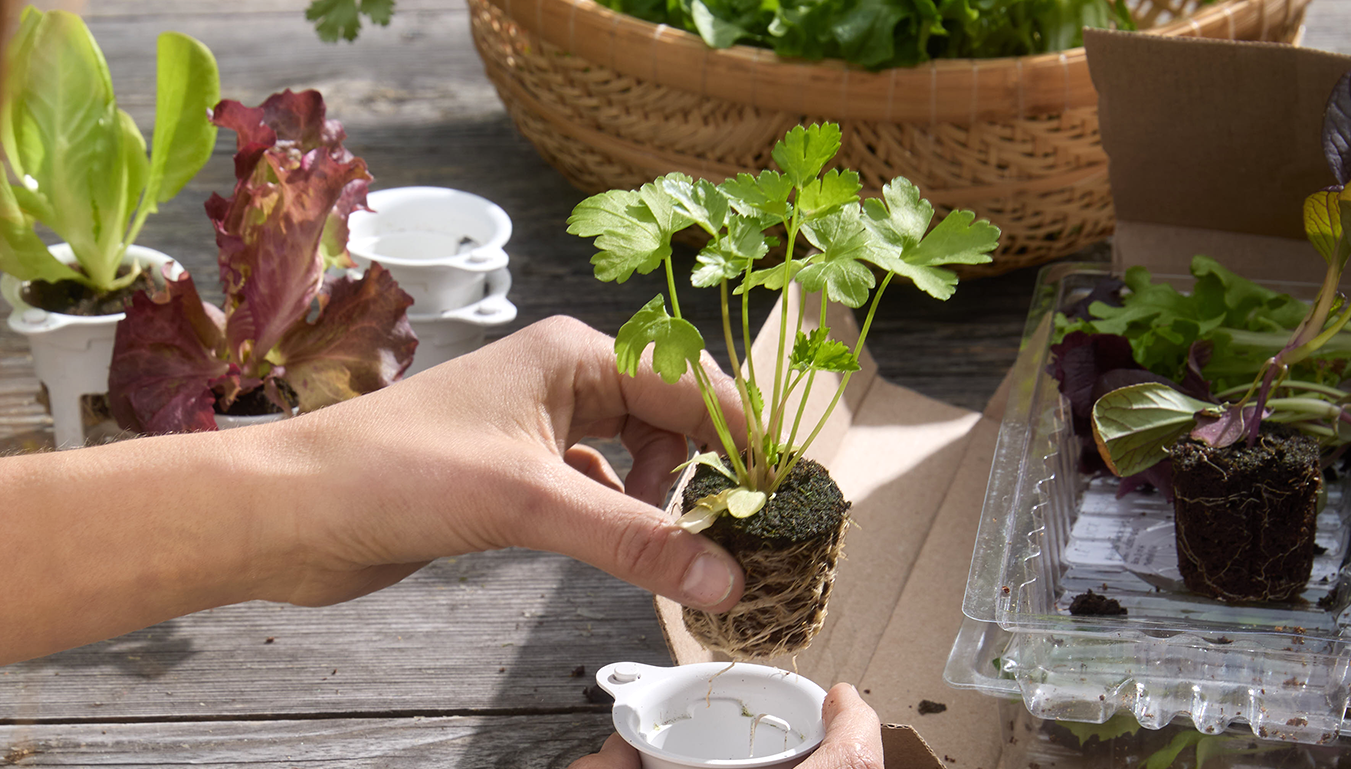All Resources
FAQ
Growing Guide
Pest Management
Know Before You Grow
Positive Impact
Grower Stories
Seedling Library

TABLE OF CONTENTS
I. What is Integrated Pest Management
II. Pest Prevention
III. Scouting for Pests
IV. Common Pests
V. How to spray
I. WHAT IS INTEGRATED PEST MANAGEMENT?
We’ve all heard about pests and what a nuisance they can be, but do we all know how common they are, what they look like, what damage they cause, and how to prevent and treat them when they show up to nibble on our plants?
Pests are a practically inevitable part of every grower’s journey, regardless of if you’re growing outdoors or indoors. We aren’t out to eradicate them - after all, planet Earth is their home too. But together, we can employ sound gardening practices that help limit the extent of their damage.
That’s where IPM comes in.
IPM can be used in all environments, from fields and orchards to home gardens and indoor hydroponics.
II. PEST PREVENTION
Here are some fundamental good gardening practices that should also be implemented while growing with your Farmstand:
If you’re growing outdoors,
This will help eliminate a breeding area for aphids. Try to limit puddles as much as possible. Standing water often leads to algae growth, which can be a food source for pests.
If you’re growing indoors,
Open windows are great, but we strongly recommend adding a fan to help increase air flow. This can help strengthen plants, which can help keep pest pressure low. Good air flow also helps to prevent things like tip burn.
As always,
Resetting your Farmstand means taking it apart, cleaning all the modules and, most importantly,
. Keeping your equipment in clean condition and growing with fresh water are vital for staying ahead of pest and disease pressure.
Our recommendations for our different Farmstands vary, so take a look at our
for more information on regular resets.
III. SCOUTING FOR PESTS
If you’re growing indoors, you’ll want to be especially alert, as natural predators are excluded from the sheltered environment.
since it’s cooler and out of direct sunlight.
Scouting doesn’t require a major time commitment, so
You may want to scout more often depending on the age and size of your plants, as well as any existing pest pressure.
It can be tempting to let your plants get as big as they can, but you may be providing an optimal environment for pest populations to grow.
Plus,
which can encourage healthier growth of all plants.
IV. COMMON PESTS
V. HOW TO SPRAY
When it comes to spray applications, the label is the law. We strongly recommend
to avoid any leaf burn from direct sunlight. That said,
so that your plants aren't wet overnight, which can invite fungal disease.
Growing indoors? We recommend
. Wet leaf tissue can easily burn when exposed to high light levels. If you are growing near a window, apply pest sprays in the late afternoon or early evening.
When spraying,
. Be aware that most pesticides require direct contact with target pests, so make sure you hit the underside of the leaves as well.
DISCOVER MORE

Know Before You Grow
What to Know Before Buying a Farmstand
Considering a Farmstand for your space? Master Lettuce Grow’s guide from hydroponics to non-GMO seedlings. Make your best home-gardening decision!

